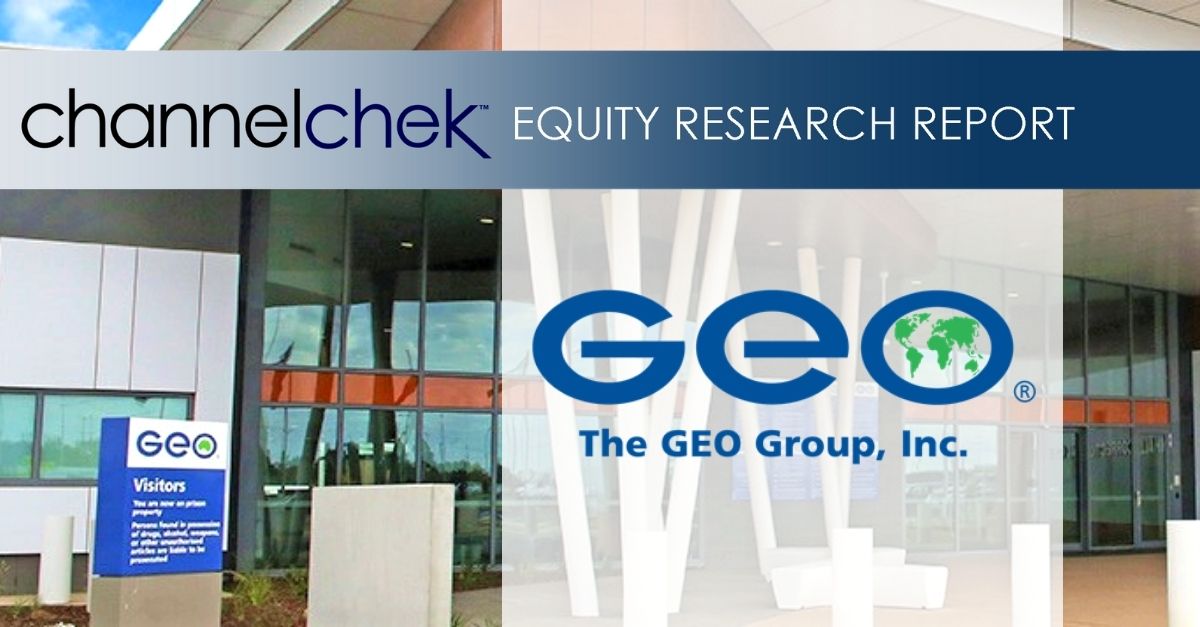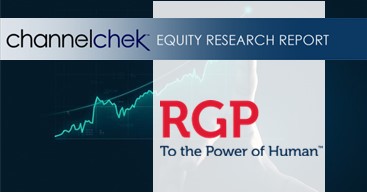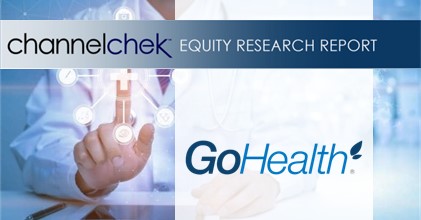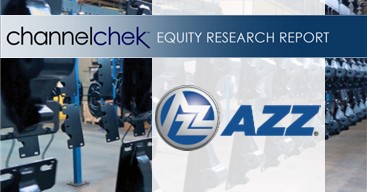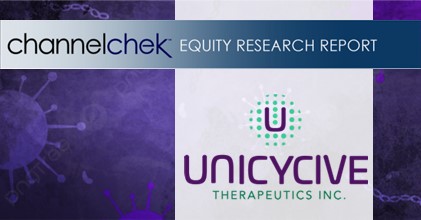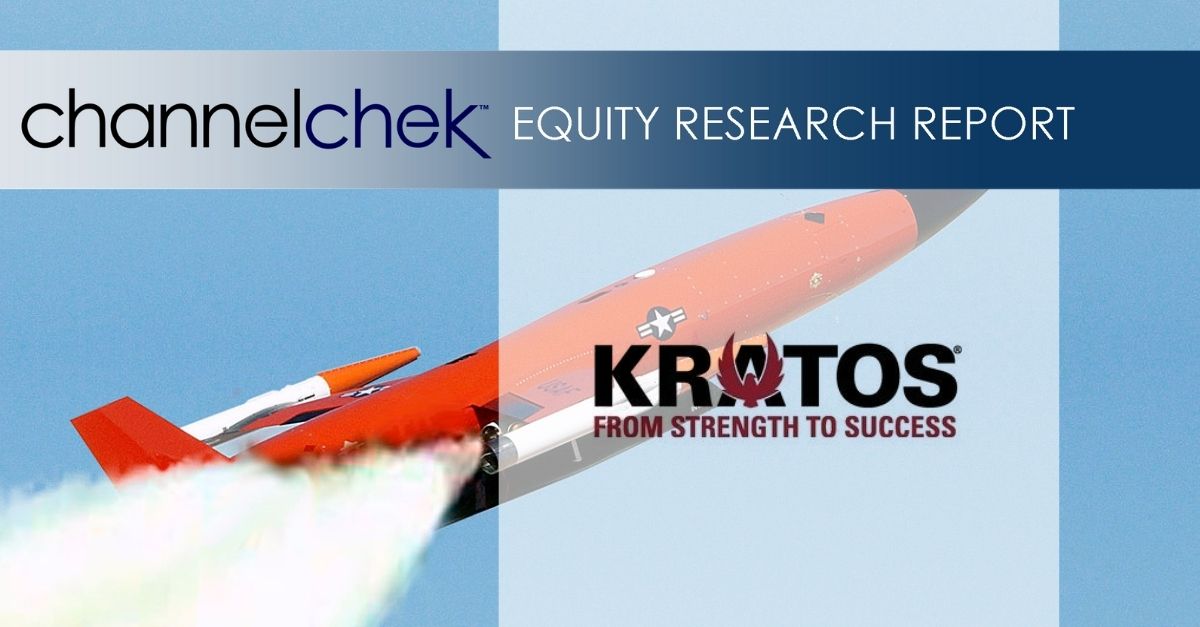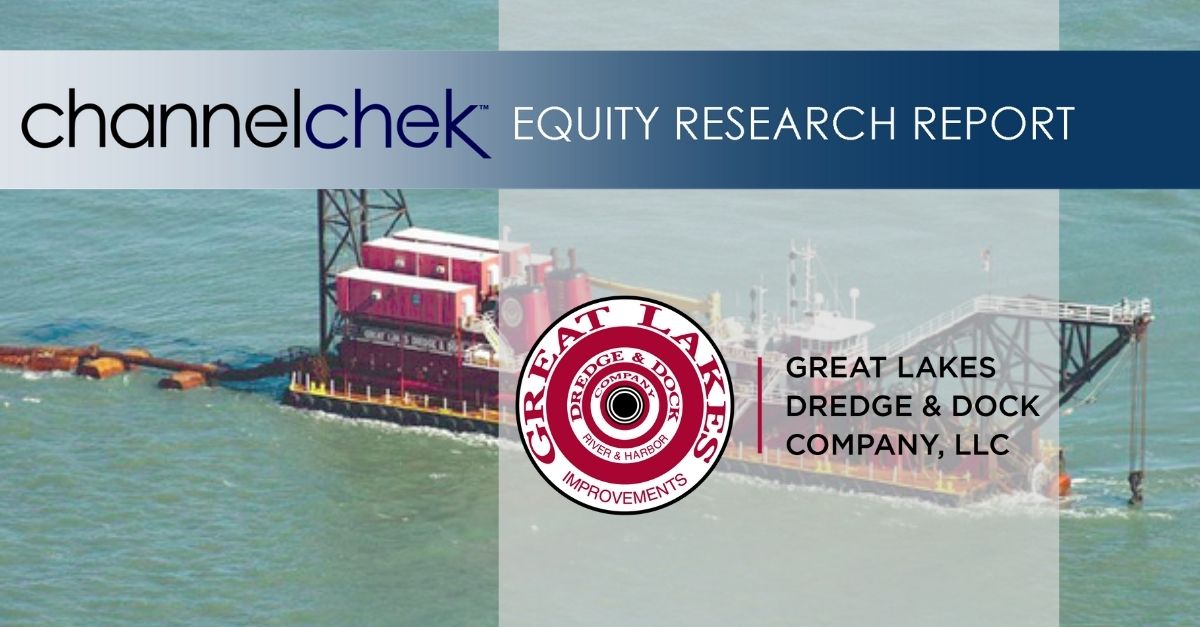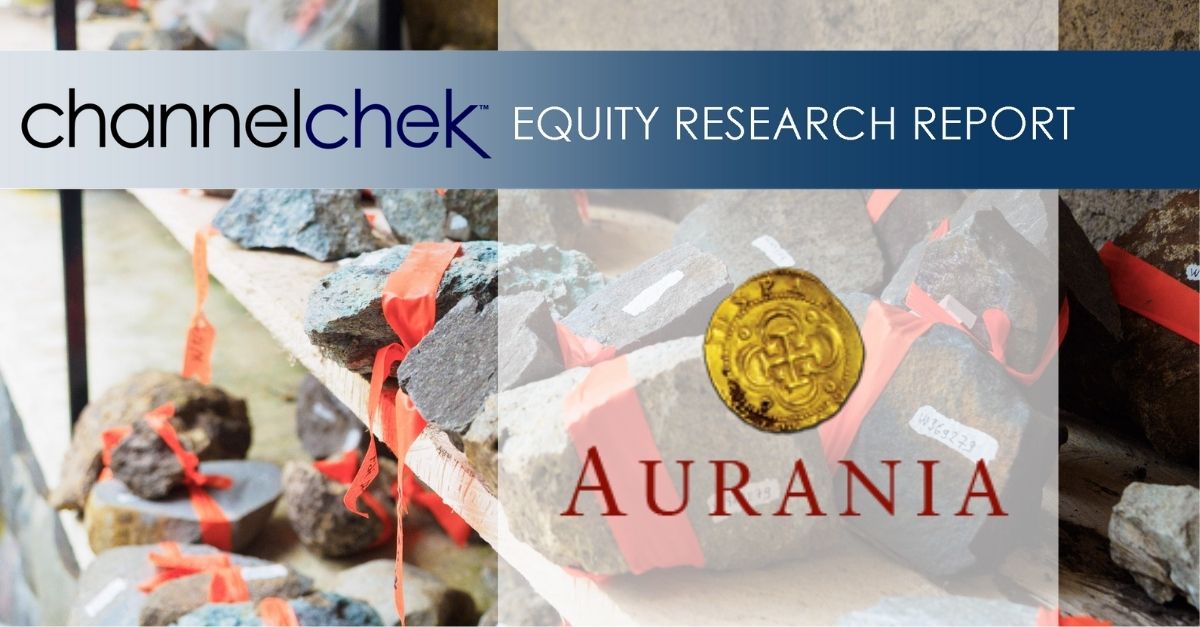
Wednesday, July 02, 2025
The GEO Group, Inc. (NYSE: GEO) is a leading diversified government service provider, specializing in design, financing, development, and support services for secure facilities, processing centers, and community reentry centers in the United States, Australia, South Africa, and the United Kingdom. GEO’s diversified services include enhanced in-custody rehabilitation and post-release support through the award-winning GEO Continuum of Care®, secure transportation, electronic monitoring, community-based programs, and correctional health and mental health care. GEO’s worldwide operations include the ownership and/or delivery of support services for 103 facilities totaling approximately 83,000 beds, including idle facilities and projects under development, with a workforce of up to approximately 18,000 employees.
Joe Gomes, CFA, Managing Director, Equity Research Analyst, Generalist , Noble Capital Markets, Inc.
Refer to the full report for the price target, fundamental analysis, and rating.
A Purchase. The GEO Group is purchasing the currently leased 770-bed Western Region Detention facility for $60 million, or $77,900/bed. GEO is currently leasing the facility at a cost of $5.1 million annually. GEO has had a long-term contract with the U.S. Marshals Service for use of the facility, which generates approximately $57 million of annualized revenue.
A Tax Savings. Expected to close by the end of July, the transaction is expected to be funded as a like kind real estate property exchange with proceeds from the previously announced sale of the GEO-owned Lawton Correctional Facility, which is expected to close on July 25th, resulting in an estimated capital gains cash tax savings of approximately $9.5 million.
Get the Full Report
Equity Research is available at no cost to Registered users of Channelchek. Not a Member? Click ‘Join’ to join the Channelchek Community. There is no cost to register, and we never collect credit card information.
This Company Sponsored Research is provided by Noble Capital Markets, Inc., a FINRA and S.E.C. registered broker-dealer (B/D).
*Analyst certification and important disclosures included in the full report. NOTE: investment decisions should not be based upon the content of this research summary. Proper due diligence is required before making any investment decision.
